Top Indonesian cat droppings coffee beans introduce Indonesian civet coffee beans are more or less worth buying
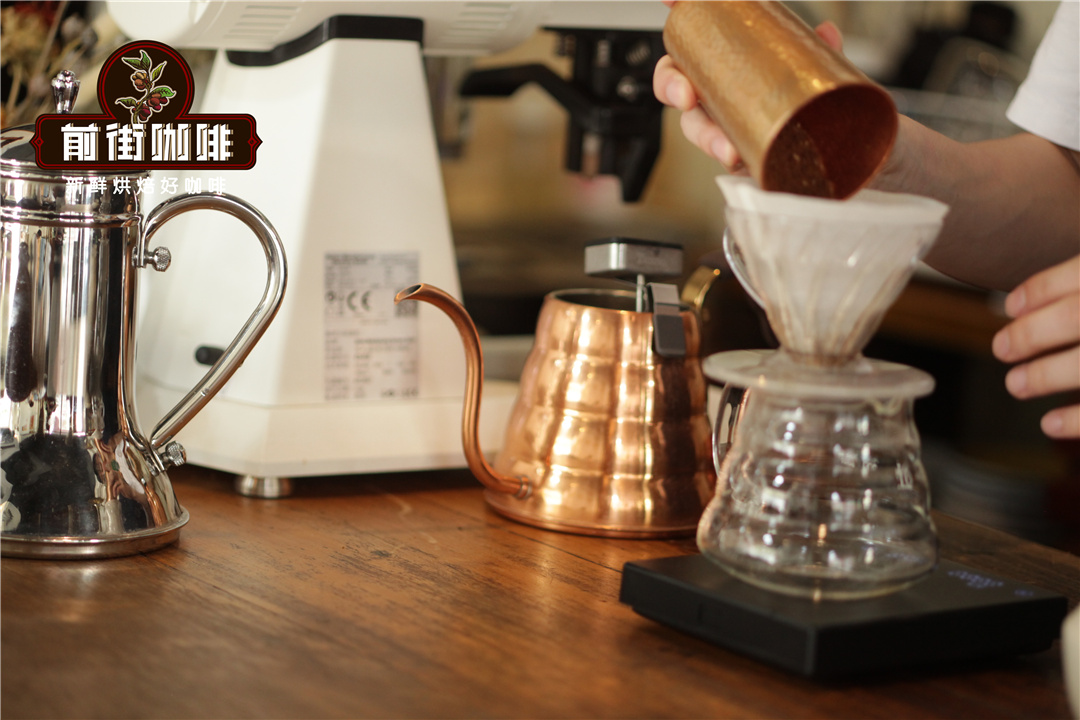
Professional coffee knowledge exchange more coffee bean information please follow the coffee workshop (Wechat official account cafe_style)
Kopi Luwak, produced in Sumatra, Indonesia, continues its legend with its rarity and uniqueness.
Sumatra is rich in Arabica coffee beans, and musk weasels on the island like to eat ripe and full coffee fruits. After fermentation by the digestive system of the musk, the coffee fruit changed miraculously.
The taste is mellow and unique, with a long finish and rich and round layers. The unique output process and rare output have created the excellent and precious Kopi Luwak.
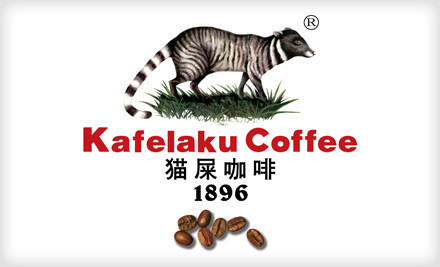
The famous History of Kopi Luwak
In the 17th century, Dutch colonists introduced coffee seedlings to Indonesia for the first time. Unique geographical environment and mild climate
Sumatra has bred high-quality coffee beans, but a unique local ferret likes to eat ripe and full coffee fruits during harvest season.
Coffee plantations are often stolen by them, causing headaches for coffee farmers who are already heavily taxed, so they drive them out and kill them in large numbers.
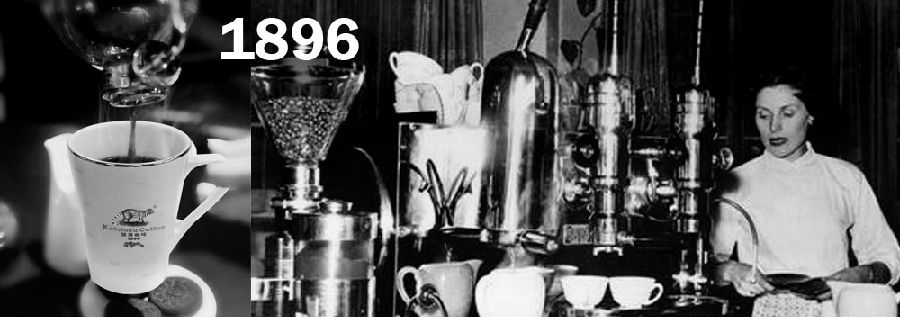
Until one day, when Captain Willemsen, as usual, led a team past a farmer, he smelled a wisp of coffee in the distance.
He broke into the farmer's yard and saw the farmer stir-frying coffee beans in an iron pan. Willemsen, who is worried about being blamed by his boss for not harvesting enough coffee beans, is very angry.
When he was about to lose his temper, he was attracted by a cup of black coffee brought by the farmer.
As soon as the entrance, Willemsen felt extremely smooth and mellow, an unprecedented sweet instant attacked his taste buds!
When he saw the raw beans shown to him by the farmer, he was even more dumbfounded-it was a ferret that excreted feces from the body! It turned out that local farmers could not drink the coffee harvested in the garden.
It was a pity to see that there were a lot of coffee beans on the ground that the ferret could not digest, so he collected them, cleaned them up and enjoyed them by himself, and called them "Kopi Luwak".
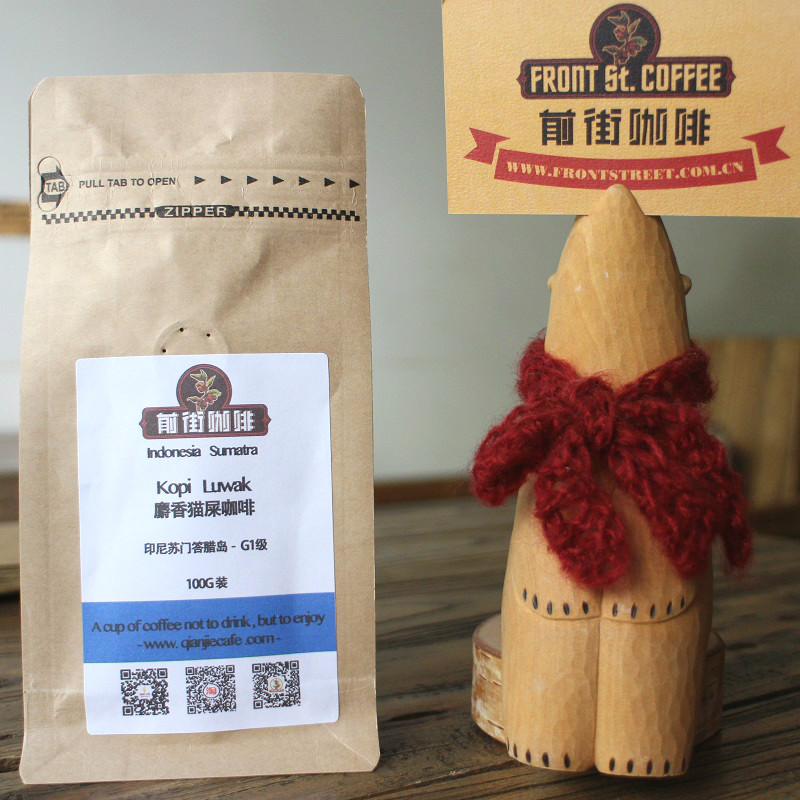
Qianjie Coffee Indonesia Kopi Luwak
Producing area: Sumatra, Indonesia
Variety: Arabica
Treatment: in vivo fermentation of civets
Grade: G1
The civet mainly lives in the tropical rain forest in the hills and mountains below 2100 meters above sea level, and in the forest edge bushes and grasses of the subtropical evergreen broad-leaved forest.
Rock caves, soil caves or tree caves are selected as habitat sites. The main varieties of these coffee beans are Robusta.
Because the range of civet activities is at low and middle elevations, most coffee breeds are Robusta. Kopi Luwak production is rare in Arabica at high altitudes.
Indonesia's low-altitude robusta coffee originally has the taste of soil and traditional Chinese medicine, and its consistency is also high, so this civet coffee has the earthy taste of aged beans, which is almost close to that of syrup.
The aroma is very special. If you prefer the fishy smell of Indonesian aged beans or Indian-style soiled beans, you may fall in love with the flavor of civet coffee.
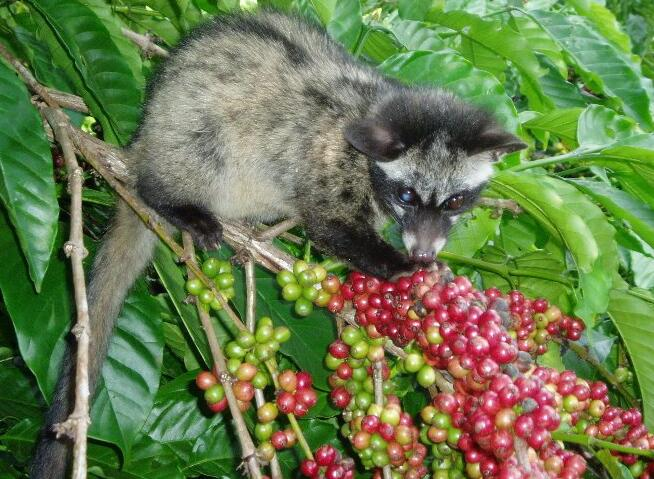
The civet coffee introduced into Qianjie Coffee is a pure Arabica species, which is washed and classified by local farmers after collecting feces.
This Indonesian cat poop coffee bean is Arabica coffee, and Arabica coffee has a higher flavor and mellow thickness than Robusta coffee beans.
Generally speaking, Indonesian cat poop coffee beans are fermented in animals, with a special herbal aroma and excellent in alcohol thickness.
So Kopi Luwak has become the darling of the rich circle, and its price is also very expensive. Although the price is expensive, the quality of beans is relatively poor.
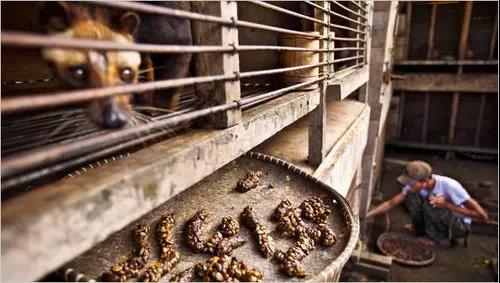
In vivo fermentation
The in vivo fermentation of civets uses lactic acid bacteria and digestive juices from the civets' digestive tract to remove the pectin from the pulp and the surface of the beans.
The raw beans are finally excreted with the feces, and then the coffee farmers go up the mountain at dawn to pick up the civet's feces and wash out a precious grain of fermented beans in the body.
Civets are thought to choose the most mature, flawless coffee fruits to eat. It's like ensuring the quality of coffee beans.
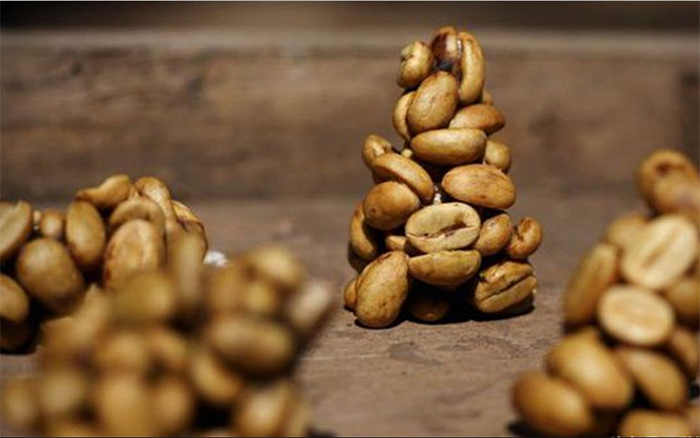
The civet haunts at night, relying on its eyesight and sense of smell, specially chooses the reddest coffee fruit to eat, but is not interested in half-cooked raw beans.
So excreted beans are excellent, there will be no raw and astringent unripe beans.
These cat poop coffee beans are washed and then baked. They have killed all the bacteria and there is no problem of fecal contamination.
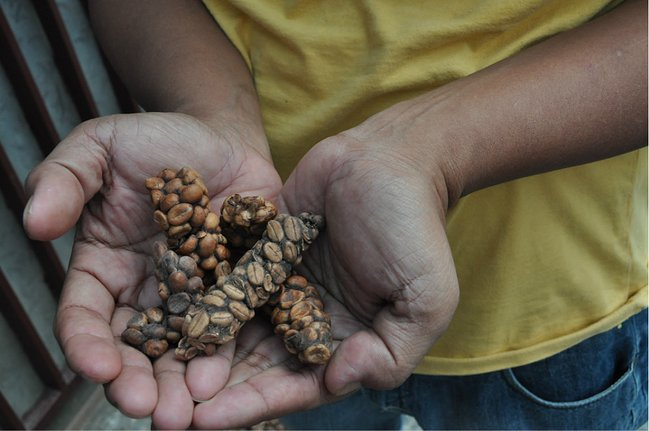
The coffee beans fermented in the body are not only Kopi Luwak, but also South American meat drooping Phoenix-crowned pheasant coffee, Indian monkey coffee and Sri Lankan elephant coffee.
The cat poop coffee beans on the front street are Arabica coffee beans.
The brewed coffee has a smooth taste, herbal and nutty flavors.
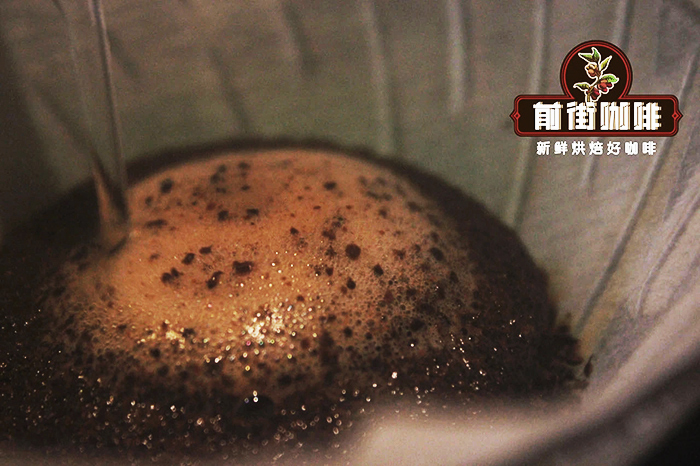
How should Kopi Luwak be cooked?
The cat poop coffee beans of Qianjie coffee are roasted in medium depth in order to reflect the flavor of coffee herbs.
So the filter cup of KONO is used when cooking.
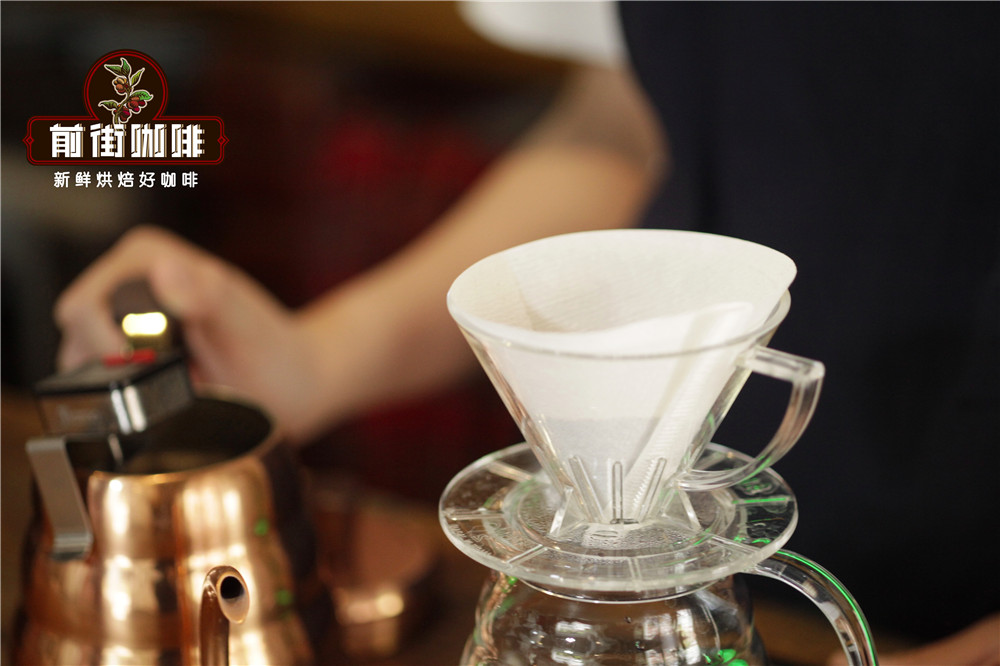
KONO filter cup, because it can bring out a more round and mellow taste will be more direct. However, the exhaust effect of the KONO filter cup is relatively poor, because his ribs are straight and the depth is only 1/4 of the depth of the filter cup, except for the position of more than 1/4 to form an airtight state close to the cup wall. Will choose KONO filter cup, because the only exhaust part of this filter cup is in the 1/4 ribs, when the water level moves over the ribs, the amount of water in the filter cup continues to rise, increasing pressure through the weight of water, because the outlet is relatively small, it can extend the contact time between coffee particles and water for a longer time, as the current drives it to bring out soluble matter more effectively, which can generally achieve the thickness effect of high alcohol expected by guests.
In order to better show the herbal flavor and mellow taste of Kopi Luwak, Qianjie coffee roasted cat poop coffee beans are roasted at medium depth.
The dewatering rate of medium and deep baked beans is generally higher, so the weight is relatively light, the powder is not completely sunk at the bottom during cooking, and the injected water will be absorbed immediately at the beginning.
Because the exhaust Wangsheng powder is surrounded by bubbles, there are channels, and the fresh beans in these channels last longer, so that the water level drops rapidly. I usually circle it slowly with a thick current.
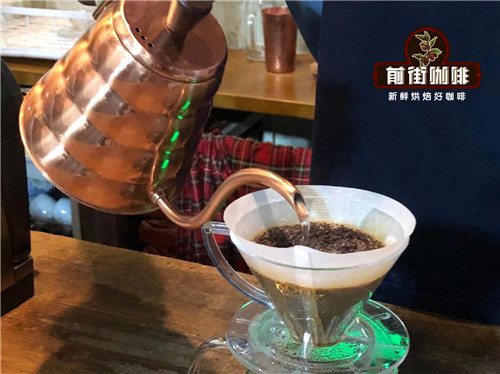
Cooking parameters: water temperature 86-87 degrees
Degree of grinding: BG#6w
Ratio of powder to water: 1:15 (15g powder 225ml water)
Brewing demonstration:
1. The first stage is filled with 30 grams of water and steamed for 25 seconds.
two。 At the end of steaming, the second stage of water is injected, and the value of the electronic scale is 125g. Wait for the water level to drop to half after water injection.
3. When the powder bed is about to be exposed, the third section of water is injected, the value of the electronic scale is 225 grams, not when the coffee is extracted to the last 5g, the total time is about 50-2 seconds.
Kopi Luwak flavor description: herbs, nuts, smooth, mellow taste.
Baking advice on Cat poop Coffee beans in Front Street
Roaster: Yangjia 800N: furnace temperature preheated to 200 degrees, facilities dropped to 160 degrees into the pot, throttle open 3, firepower adjustment 130, temperature recovery point 1: 28 ", keep firepower, 5: 40" turn yellow, grass smell disappears, enter dehydration stage, firepower increases to 140, throttle opens to 4, surface wrinkles, toast flavor turns to coffee, prelude to explosion, firepower is lowered to 100, throttle is opened to 5, and listen to the sound of an explosion. When it starts to explode at 9: 15, all the throttle doors are open. After an explosion, the development time is 4 minutes, and the time is 3925 minutes, and the time is 203℃.
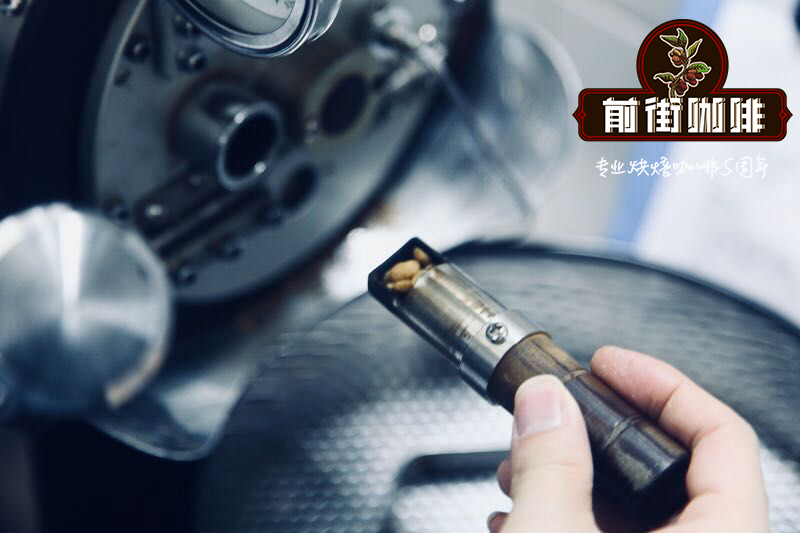
After watching the brewing, some people wonder why they still buy Qianjie coffee for coffee beans made so brutally.
Qianjie Coffee believes that there is nothing wrong with the formation of Kopi Luwak itself. The civet recognizes ripe coffee fruit through its nose, and Esser's red cherries are also harvested fully ripe coffee, both of which are similar.
The origin of Kopi Luwak has been used as a gimmick and now mostly comes from caged civets.
Those who lock up civets force them to eat only coffee berries, ripe or immature, in order to increase the yield of Kopi Luwak, resulting in cruel things that are no longer in the category of coffee we are talking about.
For more boutique coffee beans, please add private Qianjie coffee on Wechat. WeChat account: kaixinguoguo0925
Important Notice :
前街咖啡 FrontStreet Coffee has moved to new addredd:
FrontStreet Coffee Address: 315,Donghua East Road,GuangZhou
Tel:020 38364473
- Prev
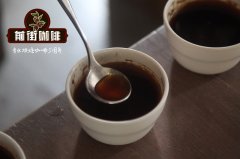
What brand of coffee is good in Indonesia? how about Indonesian abc coffee? better coffee brands in Indonesia.
Professional coffee knowledge exchange more coffee bean information Please follow the coffee workshop (official Wechat account cafe_style) before he came to Indonesia, my cousin, who likes coffee very much, told me that Indonesian coffee was famous in the world and carefully told me to bring him coffee beans back. Coffee smells romantic, and drinking it is fatal palpitations. I have nothing to do with it.
- Next
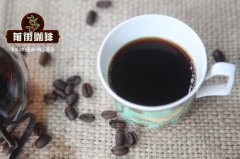
How about Indonesian specialty white coffee? how long is the shelf life of Indonesian white coffee?
Professional coffee knowledge exchange more coffee bean information please follow the coffee workshop (Wechat official account cafe_style) I believe that many friends who travel to Indonesia have encountered such a big problem, a wide variety of goods, what kind of Indonesian coffee should be brought back to China? Mom and dad are looking forward to heartwarming gifts, relatives and friends aim at purchasing agents, and friends in the office are also rubbing their hands to see what you can do.
Related
- Does Rose Summer choose Blue, Green or Red? Detailed explanation of Rose Summer Coffee plots and Classification in Panamanian Jade Manor
- What is the difference between the origin, producing area, processing plant, cooperative and manor of coffee beans?
- How fine does the espresso powder fit? how to grind the espresso?
- Sca coffee roasting degree color card coffee roasting degree 8 roasting color values what do you mean?
- The practice of lattes: how to make lattes at home
- Introduction to Indonesian Fine Coffee beans-- Java Coffee producing area of Indonesian Arabica Coffee
- How much will the flavor of light and medium roasted rose summer be expressed? What baking level is rose summer suitable for?
- Introduction to the characteristics of washing, sun-drying or wet-planing coffee commonly used in Mantenin, Indonesia
- Price characteristics of Arabica Coffee Bean Starbucks introduction to Manning Coffee Bean Taste producing area Variety Manor
- What is the authentic Yega flavor? What are the flavor characteristics of the really excellent Yejasuffi coffee beans?

